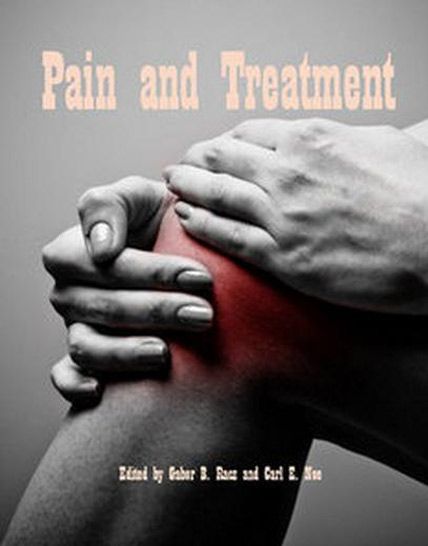
This volume reflects the evolution of the field including new topics for historical relevance regarding the changing attitudes towards opioid prescription and use. The book points out that the realization of liberalizing use is almost uncontrollably linked to unnecessary patient death.
Similarly, the evidence is increasingly confirming that interventional pain procedures work.
New evidence presents, for example, that Percutaneous Lysis of Adhesions is an effective therapeutic modality that has advantages over other options due to its cost effective nature and long term outcomes reducing the need for additional procedures including surgeries and more and more expensive medications.
Awareness about the consequences of bad outcomes leads to medicolegal complications. The inevitable trigger is bad outcome which is often related to knowledge, training, experience, as well as equipment design.
Contents
Preface
1 Medico-legal Aspects of Pain Medicine
2 4-Hydroxyquinolin-2-ones and their Close Structural Analogues as a New Source of Highly Effective Pain-Killers
3 The Evolving Role of Opioid Treatment in Chronic Pain Management
4 Multimodal Analgesia for the Management of Postoperative Pain
5 Noninvasive Neuromodulation Methods in the Treatment of Chronic Pain
6 Intramuscular Stimulation (IMS)
7 Post Dural Puncture Headache – We Can Prevent It
8 Analgesia for the Trunk: A Comparison of Epidural, Thoracic Paravertebral and Transversus Abdominis Plane Blocks
9 The Navigable Percutaneous Disc Decompression Device (L’DISQ & L’DISQ-C) in Patients with Herniated Nucleus Pulposus Related to Radicular Pain
10 Epidural Lysis of Adhesions and Percutaneous Neuroplasty
Preface
1 Medico-legal Aspects of Pain Medicine
2 4-Hydroxyquinolin-2-ones and their Close Structural Analogues as a New Source of Highly Effective Pain-Killers
3 The Evolving Role of Opioid Treatment in Chronic Pain Management
4 Multimodal Analgesia for the Management of Postoperative Pain
5 Noninvasive Neuromodulation Methods in the Treatment of Chronic Pain
6 Intramuscular Stimulation (IMS)
7 Post Dural Puncture Headache – We Can Prevent It
8 Analgesia for the Trunk: A Comparison of Epidural, Thoracic Paravertebral and Transversus Abdominis Plane Blocks
9 The Navigable Percutaneous Disc Decompression Device (L’DISQ & L’DISQ-C) in Patients with Herniated Nucleus Pulposus Related to Radicular Pain
10 Epidural Lysis of Adhesions and Percutaneous Neuroplasty
No comments :
Post a Comment